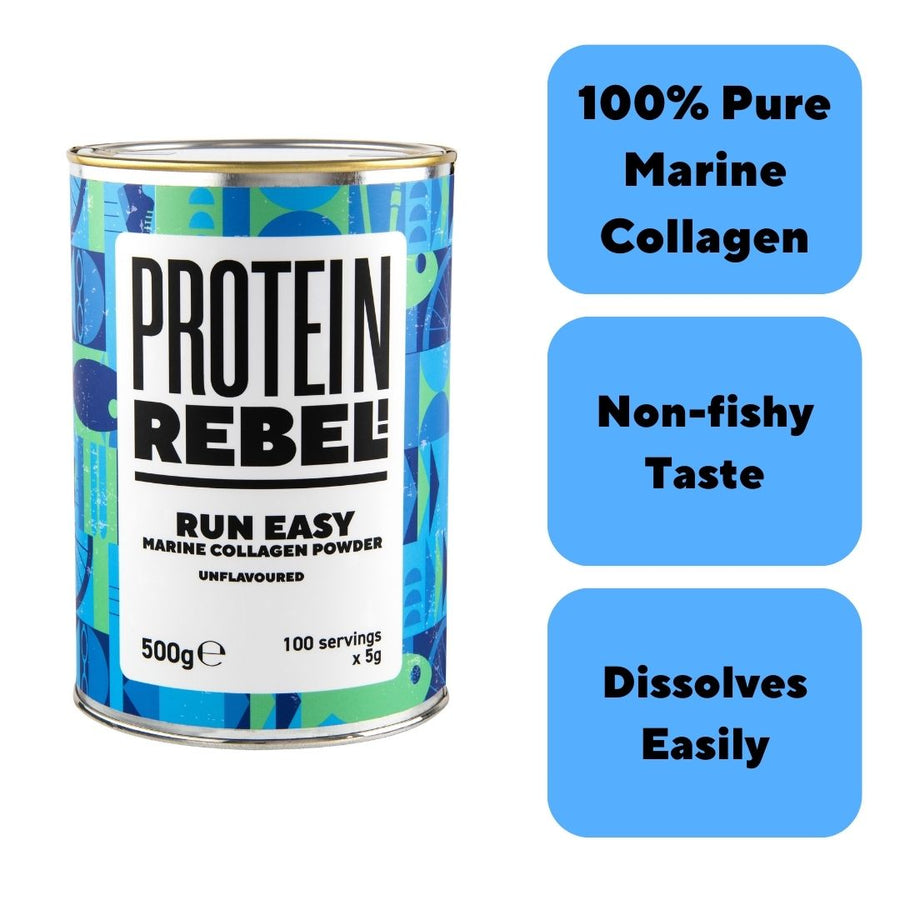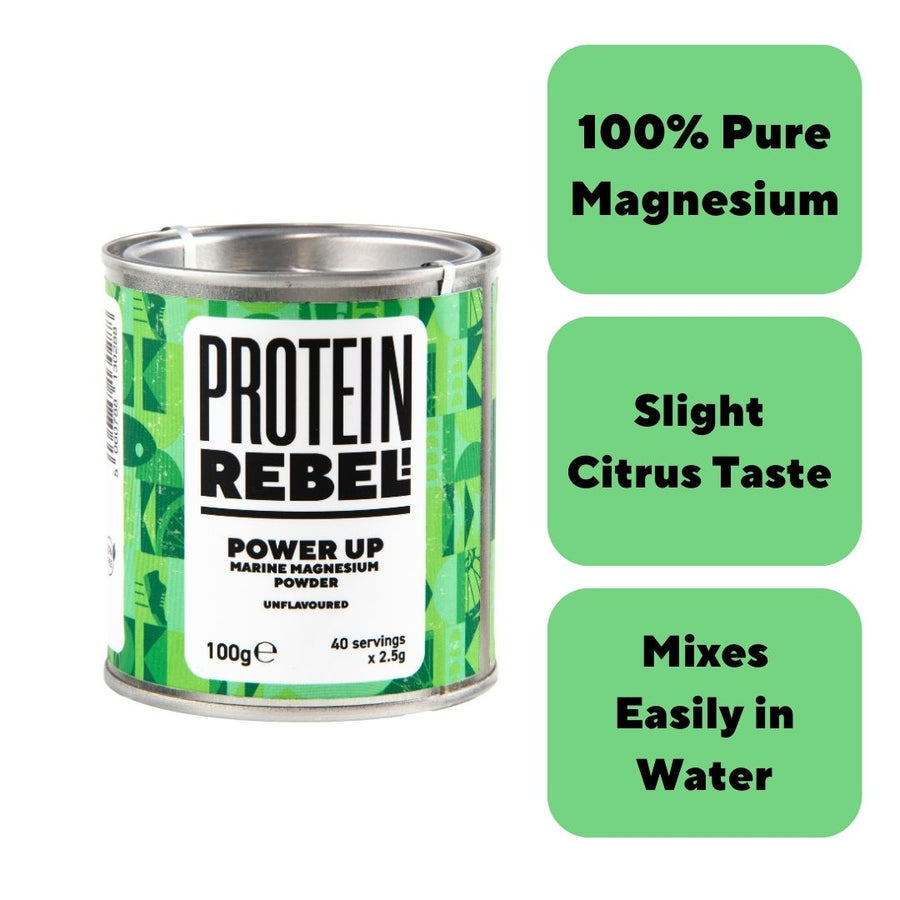What’s Aerobic Capacity Got to Do With Running?
Every runner, whether new to the sport or a seasoned marathoner, has probably heard the term aerobic capacity. It’s one of those phrases that gets thrown around a lot in training plans, podcasts, and running guides.
But what does it actually mean, and should you care?
Aerobic capacity is one of the factors that determine how far and how efficiently you can run. Focusing on it alone isn’t going to create miracles, but understanding it can help you train smarter, prevent injury, and reach new levels in your running performance.
We already brought you an in-depth post on how to increase your aerobic capacity for those already looking for such tips - but if you’re new to the idea entirely, this is the right place to start.
What Is Aerobic Capacity?

At its core, aerobic capacity is the maximum amount of oxygen your body can use during exercise. It’s often measured as VO2 max, which stands for “volume of oxygen maximum.” The higher your VO2 max, the more oxygen your muscles can access during exercise, and the more efficiently your body can turn that oxygen into energy.
Put simply, aerobic capacity is what allows you to run longer distances without tiring quickly. It determines how well your heart, lungs, and muscles work together. The higher your aerobic capacity, the more stamina you have, in other words.
Aerobic capacity isn’t just about running fast, though. It also influences recovery, your ability to maintain a steady pace, and how well you cope with hills or challenging terrain. Improving it takes time and consistent training, but when done correctly the benefits can be huge, especially if you want to go further without feeling completely drained.
How Aerobic Capacity Affects Running
If you think of running as a system, aerobic capacity is essentially the engine. The better your engine, the more efficiently your body burns fuel, moves your legs, and maintains pace. Runners with higher aerobic capacity can sustain faster speeds for longer periods without hitting the wall.
Aerobic capacity also helps with fatigue management. When your muscles can access oxygen efficiently, they rely less on glycogen, your stored carbohydrate fuel. This means you can go further before your glycogen stores run low, reducing the risk of hitting that dreaded wall mid-run. This, combined with appropriate fuelling, is the key to hitting your maximum performance.
Another key benefit is recovery. A well developed aerobic system allows your heart rate to drop more quickly after hard efforts, helping your body repair muscles and restore energy stores faster. This is why consistent aerobic training makes your overall running feel easier over time.
How to Measure Aerobic Capacity
While VO2 max is the most scientific measurement of aerobic capacity, it isn’t something non-competitive runners need to test in a lab. Instead, you can use practical indicators from your training runs.
One of the simplest ways to estimate aerobic capacity is to track your pace at longer distances. If you notice you can maintain a steady pace for longer than before, it’s a sign your aerobic system is improving. Heart rate is another useful tool. Running at a lower heart rate for the same effort indicates improved aerobic efficiency.
Field tests such as the Cooper test, which involves running as far as possible in 12 minutes, or timed 5K and 10K runs, can also provide insights into your aerobic development over time. These are less precise than lab measurements but are perfectly adequate for guiding most people’s training.
How to Improve Aerobic Capacity

Improving aerobic capacity is essentially about working your heart and muscles in the right zones. This means running at different intensities, building your weekly mileage sensibly, and incorporating both long runs and specific workouts that challenge your endurance.
Most runners will benefit from the majority of their training in lower intensity zones. Running slower than you feel you should is actually one of the most effective ways to improve aerobic capacity. It allows your body to freely adapt without heightened risk of injury or burnout.
Here’s a simple breakdown of the key training zones for runners:
-
Zone One (Easy): Very light effort, ideal for warm-ups, cool-downs, and recovery runs. Helps improve overall circulation and supports recovery.
-
Zone Two (Aerobic/Base): Comfortable, sustainable pace. The primary zone for building aerobic capacity. You should be able to hold a conversation while running in this zone.
-
Zone Three (Tempo/Moderate): A challenging pace where talking becomes difficult. Enhances aerobic endurance and prepares the body for sustained efforts.
-
Zone Four (Threshold): Hard, near-lactate threshold pace. Improves ability to maintain faster speeds for extended periods.
-
Zone Five (VO2 Max/Interval): Very high intensity, close to maximum effort. Used in short intervals to increase oxygen utilisation and aerobic power.
Consistently running in Zone Two is the foundation for building aerobic capacity. Long runs in this zone teach your muscles to burn fat more efficiently, spare glycogen, and improve oxygen transport. Zone Three and Four sessions provide a stimulus to push your aerobic limits, while Zone Five intervals train your body to use oxygen more efficiently at high intensity.
For some more specific techniques to improve your aerobic capacity, read our post on the topic.
Long, Slow Runs
Long runs at a slow, steady pace are a great way to support aerobic development. They allow your body to adapt gradually, increasing capillary density in muscles and improving fat metabolism. Running slower for longer also reduces the risk of injury, as it places less stress on your joints and connective tissues compared to repeated fast efforts.
Over time, these runs make faster paces feel easier. The more efficient your aerobic system becomes, the less effort it takes to maintain a given speed. That’s why slower, steady runs are often more valuable than constantly chasing faster times on shorter routes.
Recovery and Nutrition
Aerobic capacity can’t improve without proper recovery. Rest days and sleep are all part of the process.
Nutrition plays a significant role too. Carbohydrates top up glycogen stores, protein repairs muscles, and hydration ensures your cardiovascular system works efficiently. During long runs, refuelling with natural, high-carb foods like our energy gels can keep your aerobic system working optimally. After runs, protein and carbohydrates aid recovery, allowing you to train consistently and see progress.
Signs Your Aerobic Capacity Is Improving
You’ll notice improvements gradually. Running at the same pace will feel easier, your heart rate for given efforts will decrease, and recovery times will shorten. Long runs will feel more manageable, and maintaining a consistent pace during races becomes simpler.
Tracking these markers over time provides reassurance that your training is effective. Progress may be slow, but it’s steady. Aerobic development is cumulative and requires patience.
Aerobic capacity isn’t something that can be fixed overnight. It requires consistency, patience, and thoughtful training. But the reward is a body that runs efficiently, recovers quickly, and performs at its best over long distances. It also isn’t the ‘be all end all’ of training. But when combined with appropriate footwear and kit, fuelling, pacing, and other techniques, it can be a powerful way to take your running to the next level.





